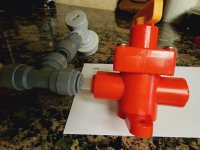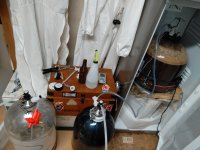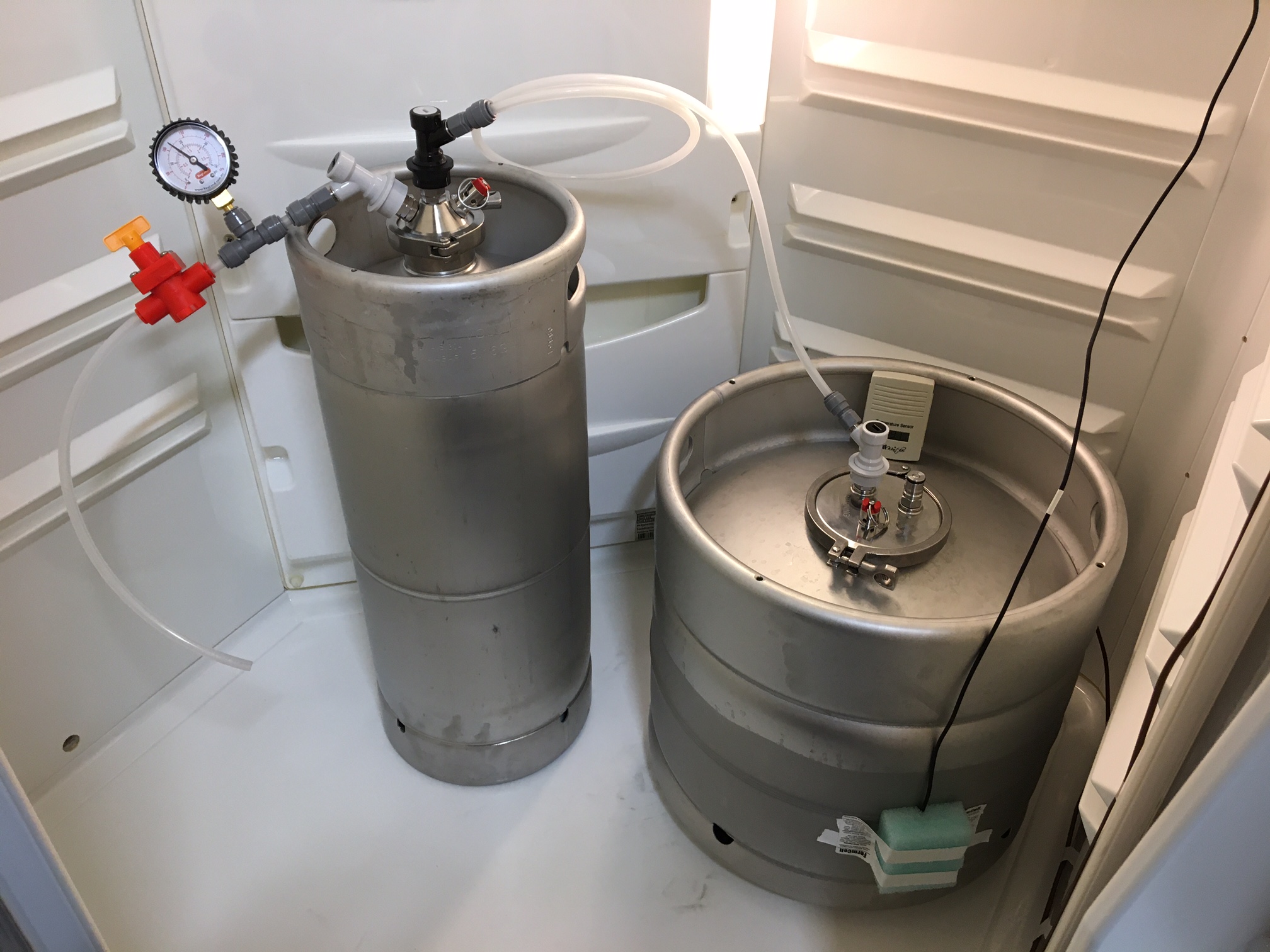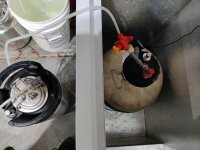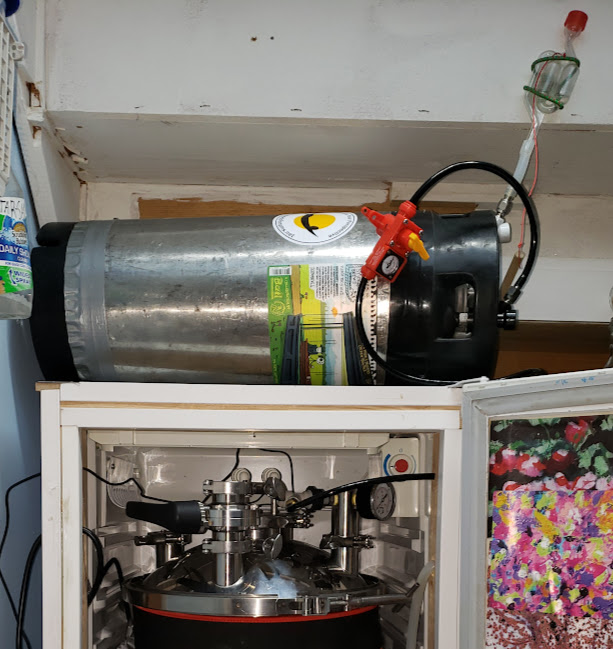RickyLopez
Well-Known Member
I can’t get this thing to work- but I’m almost sure I’m not setting it correctly!
So, I pressurized a keg at 15 PSI, connected the blowtie and set it for 15 PSI.
now, when I hook it up to my fermenter, it doesn’t seem to be letting any gas out!!!! The dial went all the way around the gauge!!!! So, it’s not letting gas escape, from what it seems.
help???
So, I pressurized a keg at 15 PSI, connected the blowtie and set it for 15 PSI.
now, when I hook it up to my fermenter, it doesn’t seem to be letting any gas out!!!! The dial went all the way around the gauge!!!! So, it’s not letting gas escape, from what it seems.
help???







![Craft A Brew - Safale S-04 Dry Yeast - Fermentis - English Ale Dry Yeast - For English and American Ales and Hard Apple Ciders - Ingredients for Home Brewing - Beer Making Supplies - [1 Pack]](https://m.media-amazon.com/images/I/41fVGNh6JfL._SL500_.jpg)


















































